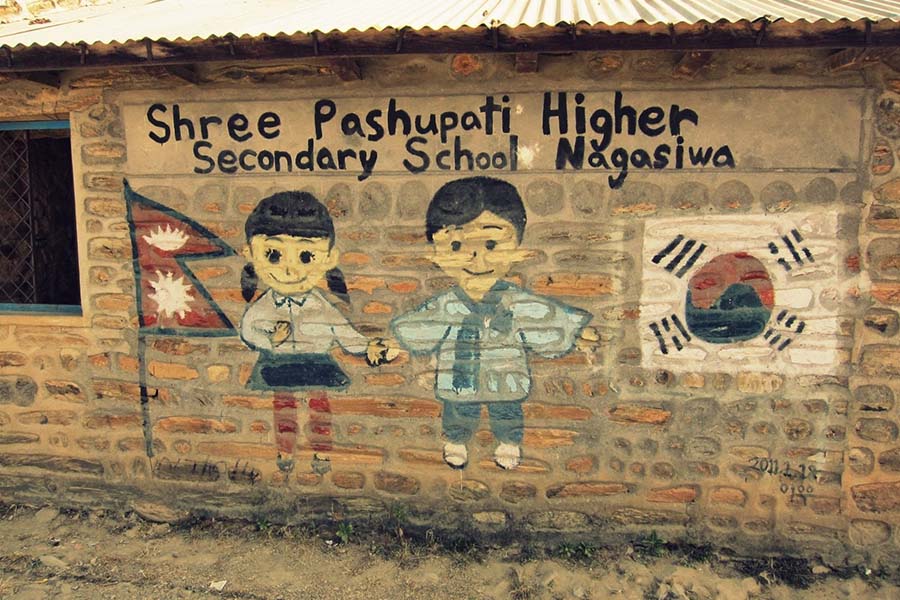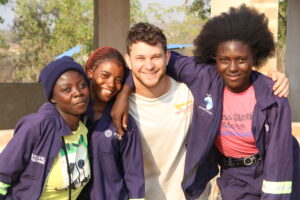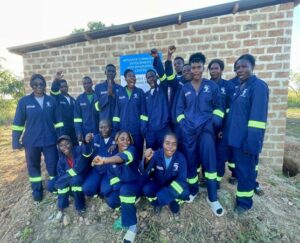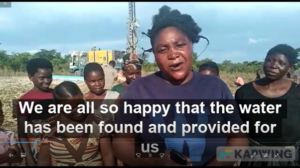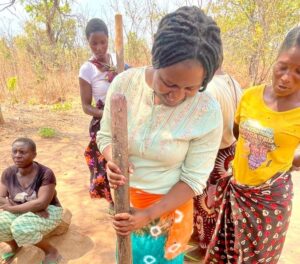By Omer Malchi, origninally published on his blog A Teacher’s Journey from NYC to Nepal
For the first time since arriving in Nepal I feel comfortable writing about Nepal’s education system. Everything I write is through my own perspective and may contain mistakes, half-truths or misinformation though that is not my intention. Nepali friends and those more knowledgeable than myself, feel free to correct any mistakes or misinterpretations I have made. We should always be careful of our judgments and assumptions. One of the reasons I left New York City was that I felt teachers were being judged too harshly and not supported enough to improve their skills. In Nepal, a “developing” country, the education system for the most part will meet many of the assumptions a person with some knowledge of developing world education systems might have, especially in the remote and rural areas where Tevel works. Rote teaching, physical abuse in schools, students being taught irrelevant material, teachers that lack training etc. Though seemingly existing in different universes, Nepal and New York are quite similar, differences being mainly discrepancies in material things and training. In reality, the two share a lot more in common than not. Both school systems face the challenge of improving education for students from households living in poverty without actually having the means to combat poverty itself (though by most standards the poverty of Nepali villages is greater). In both, society places a lot of weight on the schools and parents see schooling as a way for their children to have better lives. For the most part governments and politicians seek to make schools “more effective” by requiring them to do more with less. I do not want to politicize this blog but when politicians have the luxury of sending their children to the best schools (public or private), how invested can they be in improving the schools in the poorer regions of their country or city? Nepal or New York, that is the reality.
Real change does not come from above, it begins with the people most affected. For this reason the teacher evaluation system in New York does little to improve teacher quality. For this reason the modern policies set by Nepal’s Ministry of Education does little to improve education in rural areas such as Ramechhap. And for this reason, I believe in the organizational model and partnership of Tevel/Nyayik Sansar. We seek to improve education from the bottom up, with the belief that the people in the community have the ability to improve their own lives but require some tools and assistance to get there. Living and working with the people of a community, we become invested in the change we want to create, the people in the village become invested in the change they want to create and we work together to make that happen. Though sometimes quite slowly- quality change takes time. So what are the schools like in Bethan VDC, Ramechhap district, you ask?Initially seeing most of the schools was quite a shock. Made of mud with nothing inside save for a whiteboard and rows and rows of wooden benches with desks affixed to them. It took me a long time to be able to observe a class as any time I visited a classroom the teachers would stop teaching, bring me a chair and want to chat. Nepali villages can be friendly places. That is a strength of the schools there. Teachers generally care about their students. We took surveys at the beginning of last year and we found out that the perspectives and philosophy of most of the teachers were the same as any dedicated teacher in the west. Our initial survey in the Bhwasa area we surveyed 11 teachers working in our immediate area. Of those 11, 7 believed that it is better when students decide what material will be learned in class, 11/11 stated that students learn best when they find their own solutions, 10/11 believe that they are making a significant difference in the lives of their students and 10/11 believed that with enough effort they could reach even the most difficult students. 10/11 reported being satisfied or very satisfied with their job. (Which leaves one bitter, disgruntled teacher out there). Unfortunately somewhere between the philosophy and the practice there is a major disconnect. As with many schools in Nepal, there is a ranking system for each grade, giving you a number based on your academic achievement, so if you’re 50th in your class, everyone knows it. Teachers for the most part tend to teach towards the “smart” students while a large percentage of the class sits there bewildered. The schools tend to teach to the prescribed grade curriculum regardless of student ability. Take for example the sample below. Students who cannot answer questions such as “what day is today?” or “Where are you?” use the mandated curriculum books which look like this:Even the most advanced students in the village don’t really know what any of this means. Once while visiting one of the larger schools we work with, the seventh grade class (who did not have a teacher at the time due to large teacher absenteeism), pleaded and convinced me to come into their class and teach them. Though not a sustainable practice, this was a great opportunity for learning and I went with it. I had them take out their English books and start reading aloud as a group. They read about Rara Lake, a famous lake of Nepal. Some of the students could read English very well and were very engaged in the activity. When I asked the students in the back of the room some questions, they appeared perplexed as to why I was addressing them- it seems that they have possibly gotten used to not participating in class. They snickered, I laughed, we attempted conversation though it was severely limited to my poor Nepali and their poor English. They asked me about where I was from and I told them a little bit about New York City in English and Nepali, and although I don’t know just how much they understood, it was a memorable and interesting experience nonetheless. So we have our work cut out for us this year. We have a lot to do and thankfully, communities that are showing interest, appreciation and initiative in improving the education system in our work areas.

